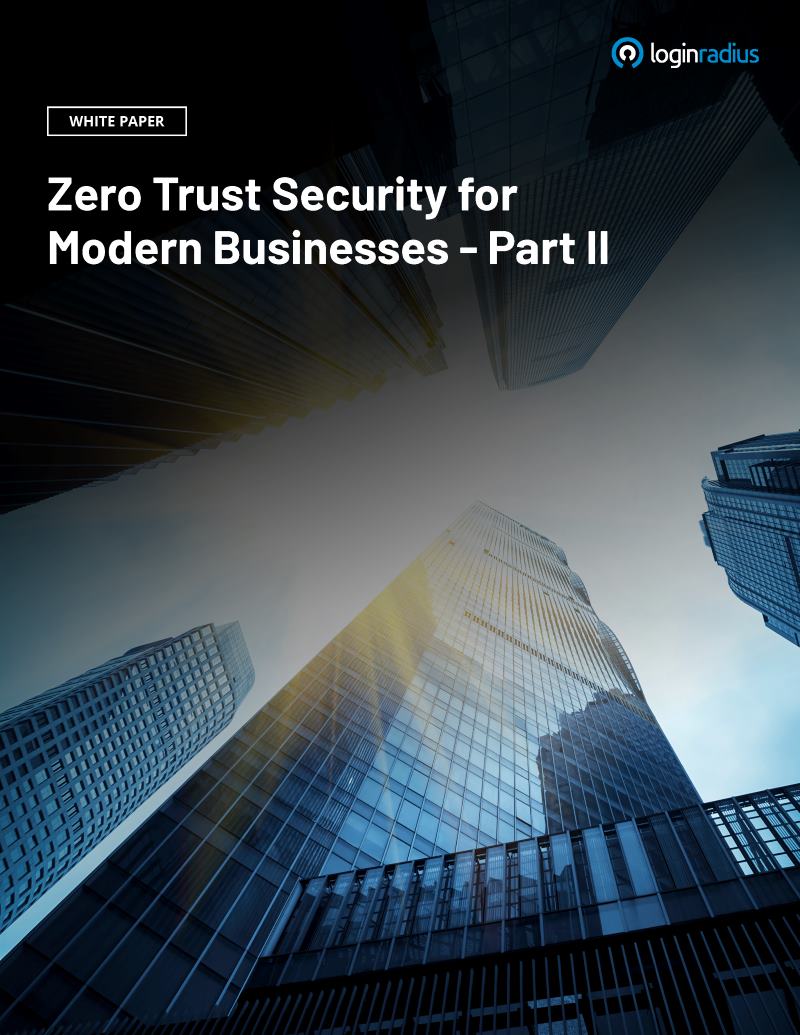Zero Trust Security for Modern Businesses – Part II
Give a Closer Look to Zero Trust. Strategize for Secure Access.
Security for enterprises has always been essential. Zero Trust centralizes the idea of withholding trust in any source within or outside the business’ parameters. It is based on the principles of access controls, authentication, and encryption when it comes to security.
The whitepaper is in continuation to Part I of the same series, where we will discuss the various technical challenges of implementing Zero Trust Security and why it is still crucial for an enterprise to adopt this network security model.
For example, below are the five checkpoints that orient with the zero challenge model.
- A risk-based security approach: By implementing a risk-based approach, enterprises can secure prioritized and sensitive data first. This would include the last line of defense and certain privilege access.
- Multi-factor authentication: Your organization’s parameter has to have multiple authentication hiccups to access data. This would establish a specific grant of access and thereby will reduce primary data breaches.
- End-to-end security for devices and privileges: Plant controls over the data entrance levels and introduces unique accounts and software pathways.
- Monetize and surveil: Monitor the privileged access pathway closely and detect any malicious behavior. Most of the data breaches can be curbed by careful monetization and observation of network traffic.
- Take into account the attribute-based granular access controls: Keep a regular check on sources having data access (include both humans and machine users) and maintain a flowchart of allowed actions on the network’s circumference.
In addition, download this whitepaper to learn how the LoginRadius Zero Trust security model can mitigate cyberattacks and data dribble within or outside an enterprise’s network.

Get This White Paper
Provide your email so we could send it to you